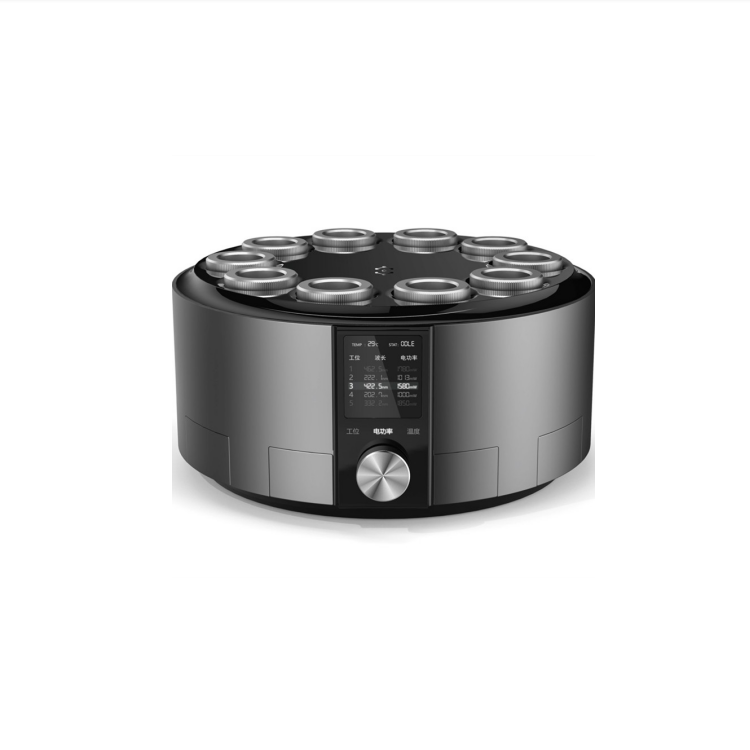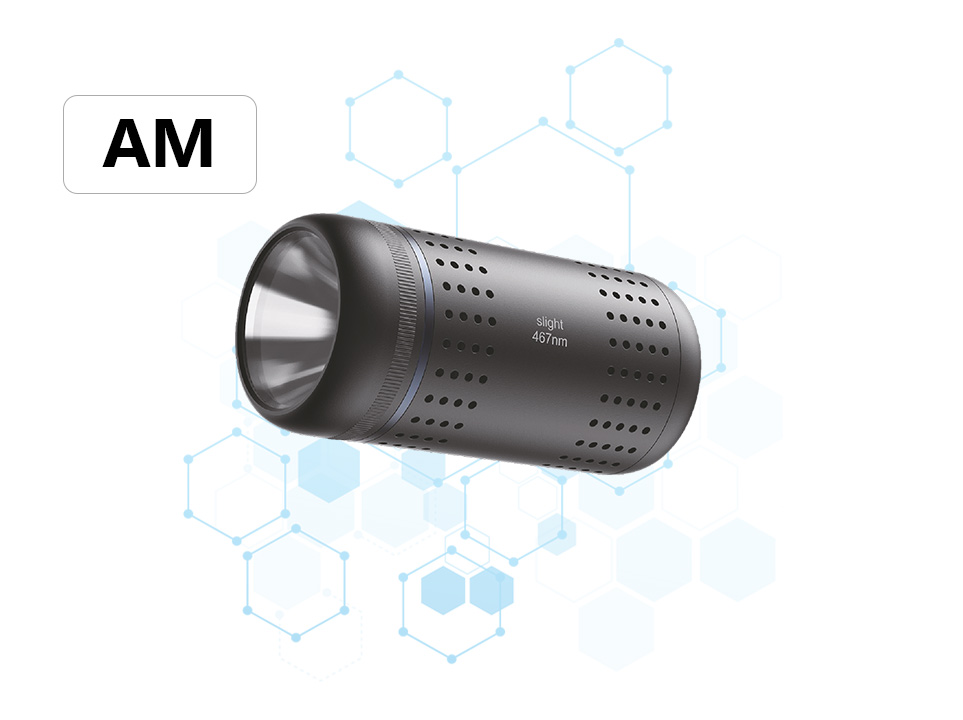Shanghai 3S Technology's Parallel Light Reactor AF - Specifications, Features, and Advantages

In the intricate world of scientific research, where every detail counts and precision is paramount, Shanghai 3S Technology stands out with itsParallel Light Reactor AF. This cutting-edge instrument, designed for material science, biology, and medical fields, encapsulates the essence of innovation, reliability, and versatility. Let us delve into the specifications, features, and advantages that make the Parallel Light Reactor AF a game-changer in scientific exploration.
Specifications: A Testament to Precision Engineering
Light Source Range: Spanning from 365 to 950 nm, the reactor offers an expansive selection of over 40 light source specifications, easily interchangeable to cater to diverse experimental needs.
Intensity: With a light intensity reaching nearly 500 mw/cm², the AF ensures robust illumination, crucial for in-depth photoreaction studies.
Temperature Control: Boasting a precision temperature control system ranging from -20 to 80°C, it effectively manages photoreaction thermodynamics, distinguishing between photochemical and photothermal effects.
Power Regulation: The unit features individual power control for up to 10 workstations, with a fine-tuning precision of 0.1W, facilitating meticulous experimental conditions.
Compatibility: Designed to accommodate a variety of reaction vessels, including NMR tube, 5/10/20 mL reaction bottles, and 25/50/100 mL reaction tubes, with customisation options for other sizes, the reactor ensures broad applicability.
Features: A Blend of Sophistication and Utility
Intelligent Temperature Regulation: Equipped with an advanced cooling system, the AF maintains constant temperatures, mitigating the impact of heat generated by high-intensity light sources, thus preserving reaction stability and reproducibility.
Enhanced Light Efficiency: The reactor's low light loss (less than 5%/year) ensures consistent performance over extended periods, minimising the need for frequent recalibration.
User-Friendly Interface: The intuitive design, featuring Knob operation and timing functions, simplifies complex experimental setups, allowing researchers to focus on their core objectives.
Comprehensive Adaptability: With its modular design, the AF can be tailored to suit a wide range of experimental protocols, enhancing its versatility across different scientific disciplines.
Advantages: Pioneering Scientific Discovery
Unmatched Precision: The AF's meticulous control over light intensity, wavelength, and temperature enables researchers to conduct highly specific photoreactions, leading to more accurate and reliable experimental outcomes.
Boosted Efficiency: By automating key experimental processes and providing real-time data acquisition, the reactor accelerates research timelines, enhancing productivity and reducing costs.
Broad Applicability: Suitable for a multitude of scientific fields, including drug synthesis, material science, and fragrance creation, the AF serves as a versatile tool for exploring the intricacies of photoreactions.
Sustainable Design: Shanghai 3S Technology's commitment to environmental consciousness is reflected in the AF's energy-efficient design, contributing to a greener scientific community.





